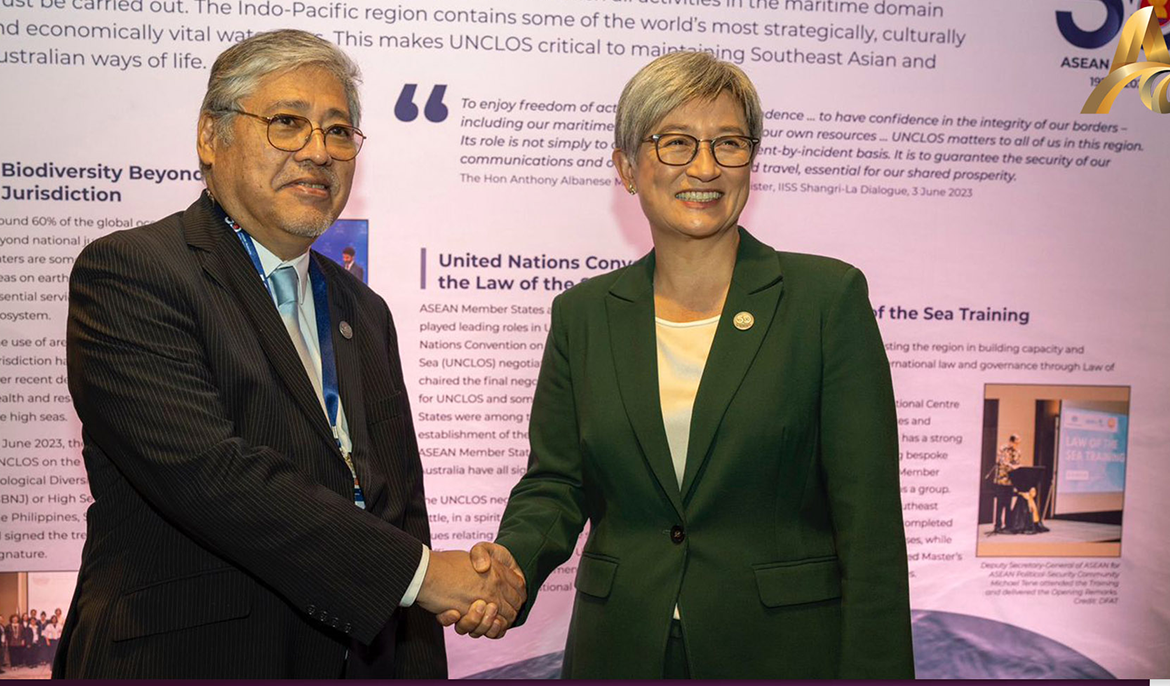Phnom Penh, March 14, 2024: Amid the bustling trade routes that link Cambodia’s Sihanoukville port with Australia and beyond, the necessity for established norms, rules, and predictability in seaborne trade has never been more evident. In a move to address these needs and respond to shared maritime challenges, Australia is reinforcing its commitment to Southeast Asian nations by upholding international law, including the pivotal 1982 UN Convention on the Law of the Sea.
During the ASEAN-Australia Special Summit held yesterday, Australian Foreign Minister Penny Wong unveiled Australia’s plan to invest $64 million over the next four years to strengthen Southeast Asia Maritime Partnerships. This investment includes an injection of $40 million in new funding, aimed at enhancing maritime cooperation with regional allies.
Foreign Minister Wong highlighted the initiative’s goals, stating, “This new commitment aims to broaden Australia’s maritime cooperation with regional partners and contribute to the security and prosperity of the region, consistent with the priorities of Southeast Asian countries through practical maritime activities, including skills development, training, and technology sharing.”
The comprehensive strategy will focus on tackling a wide range of maritime challenges. These include bolstering law enforcement at sea, enhancing maritime domain awareness, promoting sustainable marine resources, and ensuring the protection and conservation of marine environments. A significant aspect of this endeavor will be to support the adherence to and enforcement of the law of the sea, which remains a cornerstone of international maritime regulation.
This initiative marks a significant step forward in Australia’s engagement with Southeast Asia, reinforcing the importance of collaborative efforts to secure and sustain the marine environments and trade routes that are vital to the region’s economic and environmental well-being.



